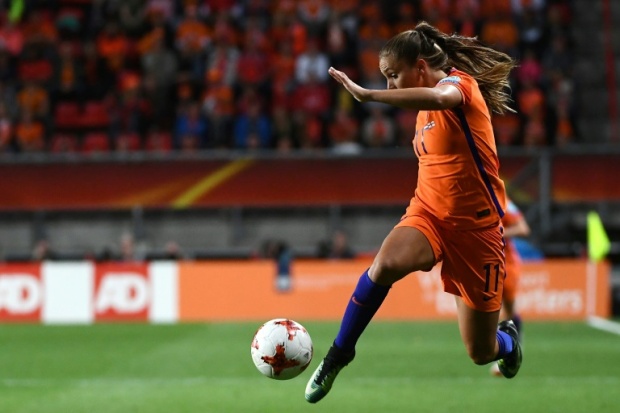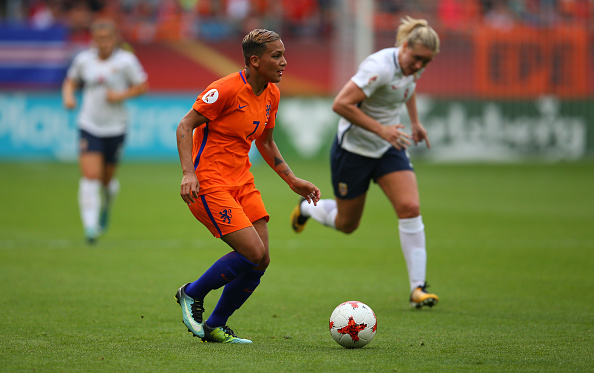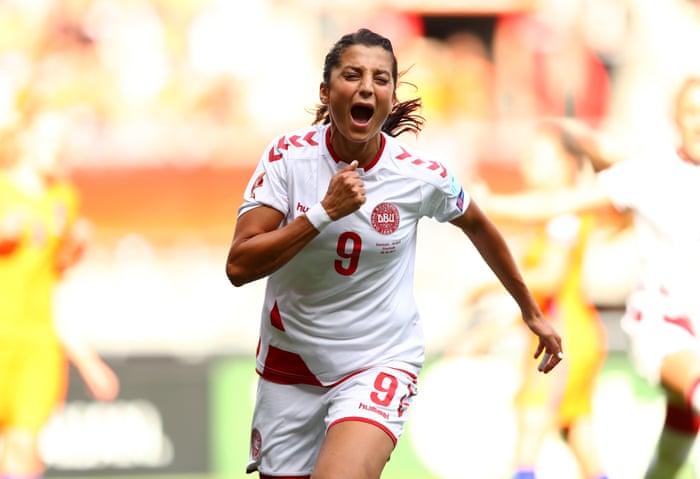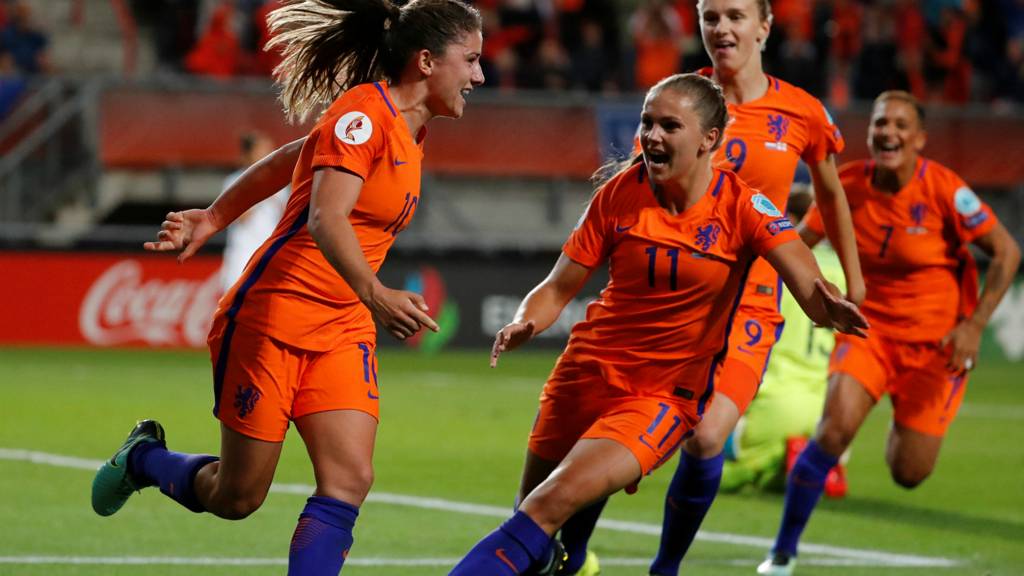And then there were two. The sixth appearance on the decisive round for the Pittsburgh Penguins, wrapping up their 50th year of existence; the maiden Stanley Cup Final for the Nashville Predators, culminating the franchise’s 18th season on a bustling explosion of sound and energy as an NHL Championship game was contested in the state of Tennessee for the first time.
Almost two months of blood, sweat and tears winding up into five consecutive affairs dominated by the home side and then, at the sixth assault, the Penguins making the best of their first match point to daze the boisterous Bridgestone Arena and lift the emblematic silver chalice on the road, as they always seem to do.
Nineteen years later, the NHL had a back-to-back Champion again: the Pittsburgh Penguins, who collected their fifth title (91’, 92’, 09’, 16’, 17’) to tie the Edmonton Oilers as the non-Original Six organization with the most Championship banners.
Series Results:
Game 1: Nashville Predators 3 @ 5 Pittsburgh Penguins
Game 2: Nashville Predators 1 @ 4 Pittsburgh Penguins
Game 3: Pittsburgh Penguins 1 @ 5 Nashville Predators
Game 4: Pittsburgh Penguins 1 @ 4 Nashville Predators
Game 5: Nashville Predators 0 @ 6 Pittsburgh Penguins
Game 6: Pittsburgh Penguins 2 @ 0 Nashville Predators
Pittsburgh’s arena turns into Pekka Rinne’s house of horrors
The Penguins and the confines of their arena had never been kind to Pekka Rinne, who was winless in 7 career starts versus the defending Champions – including three in Pittsburgh – and accumulated pedestrian numbers (0.880 Sv%, 3.57 GAA) in the process, however few man glimpsing at those stats before the Final began would have anticipated the debacle to come. After all, the regular season and the playoffs are different animals, and the 34-year-old was in the midst of an MVP-calibre postseason punctuated by stellar statistics (0.945 Sv%, 1.70 GAA, 2 SO), which drove Nashville just four wins away from the Cup.
The bottom line, though, was that to achieve their ultimate goal, Nashville needed to steal one win in Pittsburgh and that proved impracticable with the kind of performance Rinne delivered in front of an unfamiliar, unwelcoming mass of yellow.

Jake Guentzel skates past Predators’ goaltender Pekka Rinne after scoring the game-winning-goal in Game 1 (Photo by Gregory Shamus/Getty Images)
In three road starts, the Finnish goaltender allowed a perplexing 11 goals in just 45 shots to amass a 0.755 Sv% and a baloney 5.40 GAA, getting the hook in Games 1 and 6 and looking devoid of answers to halt the Penguins’ momentum as they pumped 3 goals in a 4:11 min span at the end of the first in Game 1, and, again, when they blitzed 3 more in a 3:28 min stretch to start the final period of Game 2.
Whilst Rinne can be absolved for plays that involved quick passing sequences or off the rush, top-shelf finishes, that still leaves us with a handful of situations he should have dealt with much better. The pucks that deflected off Mattias Ekholm’s knee (Game 1) and Vernon Fiddler’s stick (Game 2) shouldn’t have gone in, and the same applies to the opening markers for the Penguins in each Game: Evgeni Malkin’s long-distance slapshot in Game 1, Jake Guentzel’s sneaky shot in tight in Game 2, and Justin Schultz’s unscreened blueline screamer in Game 6.

Scott Wilson’s (#23) shot gets deflected by Nashville’s Vernon Fiddler (#83) before finding the back of Rinne’s net in Game 2 (Photo by Matt Kincaid/Getty Images)
Nashville’s netminder performed much better at home and watched as his direct foil, Matt Murray, struggled similarly in adverse surroundings in Games 3 and 4 yet, contrastingly, the Penguins’ goaltender rebounded to steal the show on the return to Nashville in Game 6, closing the series with 51 saves in 51 shots faced over the last two games.
Pittsburgh’s superior offensive potency adds up
Nashville was able to muster enough offense to duck out Anaheim in the Western Conference Final despite losing Ryan Johansen mid-series however, without their top-line centre and skilled winger Kevin Fiala, they looked severely overmatched by a Penguins’ team brimming with elite scoring weapons up front.
In a series where Pittsburgh’s top six forwards (Crosby, Malkin, Kessel, Guentzel, Kunitz and Sheary) combined for 11 goals and 29 pts, Nashville’s remaining stars couldn’t step up, with Filip Forsberg, Viktor Arvidsson and James Neal limited to one goal each, and taking a backseat to the Predators’ only multi goal scorer in the series, rookie Frederick Gaudreau (3 goals).

Pittsburgh’s Phil Kessel (#81, right) and Evgeni Malkin (#71, left) react after the Penguins’ fourth goal in Game 2 (Photo by Kirk Irwin/Getty Images)
Additionally, Nashville’s deficit of top-end finishers was further amplified on the road, where they scored just four goals in three matches, and it eventually spilled late in the series, with the Predators unable to solve Matt Murray in Games 5 and 6 to close the Final with a 13-19 goals-for deficit (8-14 at 5-on-5). In these circumstances, it wouldn’t matter that Nashville’s powerplay, their Achilles heel during the playoffs, bounced back to tally 4 times in 18 chances (22.2%) during the Final, outperforming Pittsburgh’s vaunted man-advantage (2 in 22; 9.1%).
A disheartening tale of bad breaks
No team clutches the Stanley Cup without benefitting from a dose of fortune along the way and, in this case, a litany of factors cooperated to side-track Nashville’s challenge and facilitate Pittsburgh’s job in the Final.
Take the case of the controversial disallowed goals that would have given Nashville the lead in two of their losses. PK Subban’s ice breaker in Game 1 was taken back for offside because Filip Forsberg’s skate was floating millimetres off the ice at the blue line several seconds before the puck ultimately kissed the net, while Colton Sissons’ tap-in in the second period of the crucial Game 6 was called back after the referee blew the whistle too early. Those were potential series-defining moments, and really tough breaks for a team that also saw two pucks carom into his net after ricocheting on unsuspecting defenseman.

A falling Colton Sissons (#10) pokes the puck in during the second period of Game 6, but the referee is already blowing the whistle. No Goal for Nashville. (Photo by Frederick Breedon/Getty Images)
Moreover, Nashville edged Pittsburgh by a healthy margin in most possession (174-144 SOG, 269-218 CF, 54.54 adj. CF%) and scoring chances metrics (SCF 117-103; 53.18%) but couldn’t make it count on the scoreline, especially on the road. In Game 1, the Predators controlled the play extensively (SOG 26-12 SCF 19-13, HD CF 6-2) and held the opponent to a extraordinary 37-min shot-less streak, only to see it end on a Jake Guentzel snipe that shattered their 3-goal rally, while, in Game 2, they pressed to regain the lead in the second period (16-7 CF, 7-0 SOG, 8-2 SCF) to no avail, and the Pens exploded after the intermission to snatch victory.
A blend of bad luck and ineptitude that climaxed on the perfect storm that hit Nashville in Game 6, with the aforementioned refereeing decision, a fantastic exhibition by Matt Murray, a 32-second 5-on-3 man-advantage wasted late in the third period and, then, the fortuitous bounce off the boards and the back of the net which resulted on Patric Hornqvist’s Cup clinching-goal with just 1:35 minutes to go in regulation.

Patric Hornqvist (#72, white) banks the puck off goaltender Pekka Rinne to score the Stanley Cup winning goal in the dying seconds of Game 6 (Photo by Patrick Smith/Getty Images)
Best players in the series
Sidney Crosby (Pittsburgh Penguins)
A close call between Crosby and linemate Jake Guentzel (4G, 1A, +4, 5 EVP, 2 GWG) – who bounced back impressively from a terrible Eastern Final – but we’ll give the honour to the Penguins’ captain and eventual Conn Smythe Trophy winner.
After amassing an ordinary 13 pts in 19 previous Stanley Cup Final appearances (2008, 2009, 2016), the native of Cole Harbour, NS, finally cleared the point per game threshold in the definitive playoff series, collecting 1 goal (in Game 4), 6 assists and a series-best +5 rating (6-1 GF) in 19:43 min of action, third highest total on the team and three minutes more than any other Penguins forward.

Pittsburgh’s Sidney Crosby (#87) tries to fend off three Nashville players in Game 5 (Photo by Justin K. Aller/NHLI via Getty Images)
Facing off the Roman Josi/Ryan Ellis defensive pair, Crosby displayed his tremendous all-around skills to stand out as one of Pittsburgh’s best players with a 47.38 adj. CF% and 50.0 SCF%, excelling close to the goal (18-8 HD CF) and raising his level of play in the last few games, topping in a Game 5 where he picked up 3 assists.
Frederick Gaudreau (Nashville Predators)
The 24-year-old rookie entered the history books as just the 2nd player to score his first 3 NHL goals in a Cup Final, and, in addiction, two of those went down as the game-winning-goals, earning Nashville their first ever victories at this prominent stage.
Mostly deployed as the fourth-line center, Gaudreau performed solidly (52.57 adj. CF%, 57.45 SCF%, 11-9 HD CF) but only enjoyed 11:16 min of TOI per game in a highly sheltered role, therefore we’ll also use the opportunity to sing praises to PK Subban and not because of his off-ice antics (*bad breath*).

Nashville center Frederick Gaudreau (#32) slides the puck into the net in Game 4 (Photo by Bruce Bennett/Getty Images)
Relishing the big lights, the magnanimous defenseman was sensational driving play (64.05 adj. CF%, 63.10 SCF%) throughout the Final, and subjugated Evgeni Malkin (37.33 adj.CF%, 28.30 SCF%) even if he failed to ignite the scoresheet (0 goals, 2 assists).
Will the Nashville Predators return to the playoffs next year?
Definitely, even if the Central congregates a bunch of teams (Dallas, Chicago, St. Louis, Minnesota) aspiring to win the Division and someone may be squeezed out. Not Nashville, though, and I wouldn’t wager against them reaching a second consecutive Stanley Cup Final with a roster that GM David Poile meticulously assembled through impact trades over the last couple of years.
At the off season’s onset, days after succumbing in the Final, Nashville lost a key forward in winger James Neal, whose goal scoring ability and 5M cap hit proved too enticing for the Golden Knights in the expansion draft, yet the Predators are still in excellent shape going forward with the core group guaranteed to be together for the next two seasons following the new contracts handed out to Ryan Johansen (8 years x 8 M) and Viktor Arvidsson (7 year at a 4.25M cap hit).

Viktor Arvidsson, here celebrating with Predators’ fans in Game 4, will remain in Nashville for the next seven years (Photo by John Russell/NHLI via Getty Images)
The two forwards have their prime seasons ahead, and Poile did a good job locking them down at manageable rates, especially Arvidsson, who joins the likes of Roman Josi (UFA 2020), Mattias Ekholm (2022) and Ryan Ellis (2019) as players whose value is bound to far exceed their earnings.
As far as addictions, the Predators biggest splash in free agency was the acquisition of center Nick Bonino, who will carry a 4.1M cap hit for the next four seasons and fill, right away, the void of retired captain Mike Fisher. Moreover, 35-year-old Scott Hartnell inked a low risk, 1M deal to enjoy a second term in Nashville after being bought out by Columbus, while former 7th overall pick Colin Wilson was traded to Colorado for botching successive stints on the top-six.
The last transaction can also be seen as a serious wake-up call to 27-year-old Craig Smith – signed at 4.25M for three more seasons – who may find himself on the way out as soon as guys like Kevin Fiala (RFA 2019), Pontus Aberg (RFA 2018) and Colton Sissons (RFA 2019) need raises, or a promising prospect – probably 21-year-old Vladislav Kamenev – steps to the plate.

Colton Sissons (#10) beats Pittsburgh’s Matt Murray in Game 1 (Photo by Matt Kincaid/Getty Images)
For now, though, Nashville is in solid ground cap-wise, with 6M to spare and boasting a stellar blueline that was further strengthened after they relieved 31-year-old Alexei Emelin off Vegas’ defensive logjam, pining a third round pick to ensure the Golden Knights also retained a 1.1M portion of his salary. In goal, Pekka Rinne has two years left at 7M, and that should be enough time to confirm young Juuse Saros (RFA 2018) is the right man to take over for a team that might just be entering its Championship window.
Will the Pittsburgh Penguins return to the playoffs next year?
A whole lot would have to go wrong for them to miss out, nonetheless the Penguins margin of error has shrank significantly since the dreaded post-Cup exodus finally landed in Pittsburgh.
After chasing a second consecutive title with a virtually intact roster, Pittsburgh waved goodbye to a host of veterans this summer, including forwards Chris Kunitz (signed with Tampa Bay), Nick Bonino (Nashville) and Matt Cullen (Minnesota), defenseman Trevor Daley (Detroit) and Ron Hainsey (Toronto), and beloved goaltender Marc-André Fleury, who left after 14 years to become the starter and face of Vegas’ new NHL franchise.

Jake Guentzel (#59), Bryan Rust (#17) and Sidney Crosby (#87), pictured celebrating Pittsburgh’s goal in Game 3, will be back in a Penguins’ sweater next season (Photo by Patrick Smith/Getty Images)
Few doubts exist that the Penguins will continue to be a contender with all major franchise pillars (Crosby, Malkin, Kessel and Letang) secured for the next half decade, 22-year-old Matt Murray beginning a favourable three-year extension, and some of their youth up front (Jake Guentzel, Bryan Rust, Scott Wilson) still contributing at affordable rates, yet GM Jim Rutherford’s body of work this offseason has been rather uninspiring.
To plug the gaps left by the numerous exits, he picked up veteran Finnish goalie Antti Niemi (Dallas) and rearguard Matt Hunwick (Toronto) just days after, foolishly, dropping out of the first round at the draft to acquire enforcer Ryan Reaves from St. Louis, however Rutherford is still to pull the trigger on a trade for a competent third line center that can slot behind Crosby and Malkin, a vital move to keep the team hovering the competition as the last two seasons demonstrated. At this point in time, Carter Rowney, Guentzel and Wilson are the internal options thrown around the table, and those certainly won’t cut it, much less in the playoffs.

Can these Pittsburgh Penguins make it three in a row next year? (Photo by Bruce Bennett/Getty Images)
Furthermore, the 68-year-old executive dished out extensions to Justin Schultz (27 years old, 3 years, 5.5M per season), Brian Dumoulin (25, 6 years, 4.1M) and Conor Sheary (24, 3 years, 3M), which left the Penguins in a familiar situation: bumping the cap ceiling (2.5M away) and with no other option but to keep the conveyor belt of young talent flowing.
Hence, expect the next graduates to be 20-year-old Daniel Sprong, a 2015 second round pick, and 23-year-old Zach Ashton-Reese, signed as a UFA coming out of Northeastern University, while former 8th overall pick Derrick Pouliot enters a make or break year considering his NHL appearances decreased in each professional season. He’s on a one-year deal, and Pittsburgh will welcome every bit of contribution on the quest for a three-peat unseen in the NHL since the 1980’s.
*For an explanation of the “advanced statistics” terminology cited on this article, read Corsica’s glossary. Unless stated otherwise, all data refers to 5-on-5 play and was retrieved from Corsica.hockey (currently down), Natural Stat Trick and NHL.com.























































